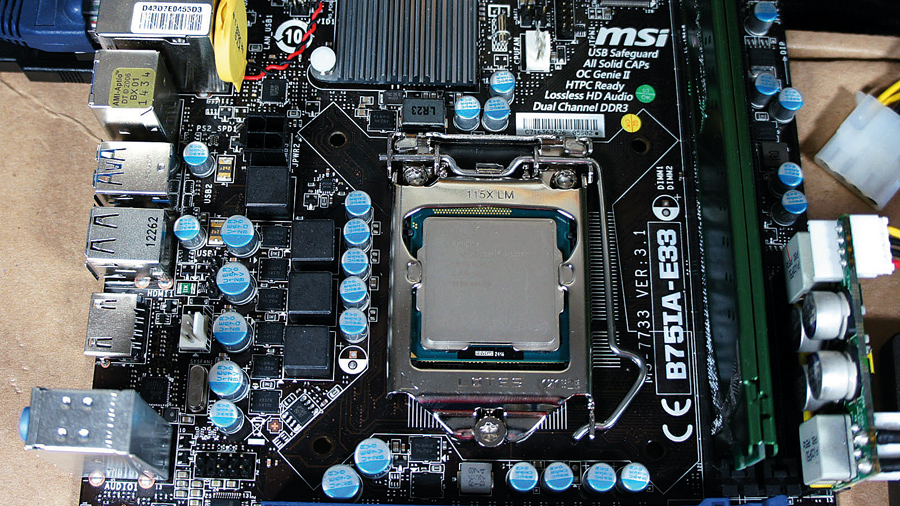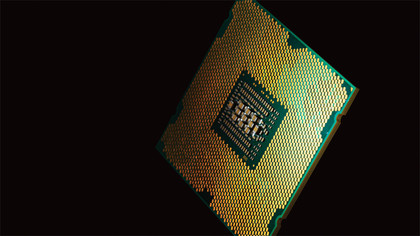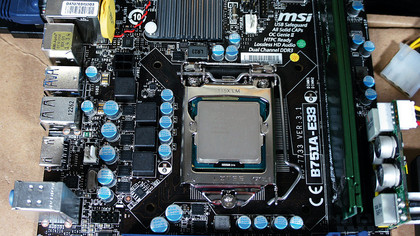
While phones and tablets can idle at sub-watt levels, even a modest PC gaming rig can happily suck down almost 200 watts of power without trying.
If you're sat there browsing the web or furiously writing complaints about the neighbour's leylandii, all that power seems a bit of a waste of energy.
But what are the alternatives? You could jump on your laptop, but that's often still underpowered and you're left with an awful keyboard and trackpad to use, while upgrading it always feels a compromise.
But then we did what our therapist told us not to do, we got thinking, perhaps we could build a full-desktop system that was capable of 3D gaming but was also built around the idea of ultra-low power consumption? Perhaps even low enough to rival a laptop?
At the heart of this project is going to be the new breed of Intel Ivy Bridge processors. They're built with a 22nm process and, in some ways most importantly of all, Intel's new generation of integrated HD Graphics, which means we can do away with power hungry third-party graphics cards for our system. Sorry AMD and Nvidia.
With so much integrated on to the super-efficient 22nm process, low-power states can be efficiently managed. While historically higher-power tasks now require far less juice as well, this is against a background of continued integration and ever more efficient processes; the number of ICs on a motherboard is down, the main chipset uses less power than ever and main storage and memory can be measured in a single watt. So let's see if we can get near that magical 10W mark…
The road to power efficiency

When you think of PCs and power, you're more than likely thinking 800 Watt power supplies, 125 Watt TDP processors and multiple graphics cards, each of which could probably suck down enough juice to power a small English hamlet. That view of the PC world does exist and isn't even that uncommon.
Get daily insight, inspiration and deals in your inbox
Sign up for breaking news, reviews, opinion, top tech deals, and more.
Even a modest gamer is going to use a system that's sucking its way through a couple of hundred Watts under load. Never mind someone like Jeremy Laird that's running Intel's latest six-core Extreme Edition kit. You don't even have to go to those extremes to rack up a multi-Watt power tally.
Everything in a system adds up to the final power usage. From all the ICs on the motherboard to multiple DIMMs in their many slots, to arrays of RAIDs, every component adds to the overall power draw. While the headline components like the processor and graphics card consume by far the most power, as we'll see when we start chipping away at the power consumption, suddenly every Watt of power becomes an issue.
We're not trying to demonise PC gamers and users here. On the contrary we love the high-powered rigs and the fact is these days the components comes with reasonable power savings, enabling them to power down usually to a single Watt making them more environmentally friendly than ever. The question we're asking is: can we have a decent desktop PC that's capable of modest 3D gaming with the latest games, but one that would have trouble powering an energy-efficient light bulb?
Now that Intel has finally gotten around to producing usable integrated graphics, the answer to that question seems to be an emphatic yes. All that remains is figuring out how low we can go in power terms.
Core exercises

So we're going on a voyage of low-power discovery. Taking a look at why individual components have been chosen, why they're so much better than other choices and how they've managed to achieve such a low-power result.